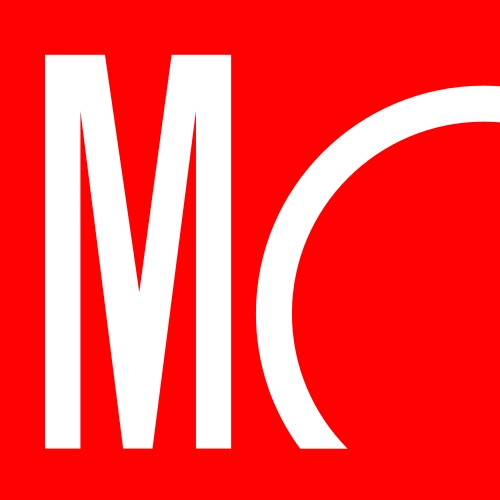Two overvalued ASX shares to avoid
Both shares trade at a significant premium to our fair value.
Valuation plays a large role in the future returns of shares. The following 2 ASX share are materially overvalued and our analysts believe they should be avoided at current prices.
Objective (ASX: OCL)
The ASX 200 technology sector has fallen 20% in the past month, with investors reevaluating the sector’s lofty return and earnings expectations. We take this opportunity to evaluate long-term returns across our Australian tech coverage through the lens of a company’s reinvestment runway.
Why it matters: We see a long reinvestment runway as a strong indicator of durable, above-average revenue growth, which is the key driver of long-term shareholder returns. Across our mature tech coverage, around two-thirds of share price returns over the past decade were from revenue growth.
- We assess a company’s runway by evaluating the scope for profitable reinvestments in sales and marketing, and research and development. High returns on these types of investments imply a long runway and vice versa.
- We believe the market is generally overly focused on the short term and assumes growth mean reverts. As a result, it structurally underappreciates companies with long reinvestment runways.
The bottom line: We believe narrow-moat Objective has exhausted its reinvestment runway and has limited reinvestment opportunities in both sales and marketing, and research and development. Shares are wildly overvalued, trading at over 2 times our unchanged fair value estimate of $7.30.
- We think the market is enamored with the company’s annual recurring revenue growth target of 15%. But this target is merely an aspiration, not formal guidance, and based on history is not likely to translate into revenue growth. We instead forecast a 10-year revenue compounded average growth rate (“CAGR”) of 6%.
- We believe Objective’s core enterprise content market, or ECM, is mature and saturated in Australia and New Zealand. As demonstrated by Objective’s poor investment payback metrics, investment is almost entirely undertaken just to stand still, suggesting minimal reinvestment runways.
Pro Medicus (ASX: PME)
Pro Medicus won three new US contracts for a combined minimum value of $29 million with implementation expected in second-half fiscal 2026. The three contracts are with a Children’s hospital in Alabama, a cancer center in New York, and a physician-owned regional provider in Washington.
Why it matters: Pro Medicus is accruing contracted revenue broadly in line with our expectations. We leave our constant-currency revenue forecasts over the next 10 years largely unchanged, as we had already assumed further contract wins.
- The new contracts are relatively small, with an average annual minimum value of $2 million versus $33 million for its largest contract with Trinity Health. While some smaller radiology groups pay a premium for the firm’s software, wider uptake has been gradual.
- We expect downward pressure on the average contract size as the more lucrative academic hospital market inches closer to saturation. We think it is unlikely that the majority of future contract wins will be comparable in size to Trinity Health, for example.
The bottom line: We raise our fair value estimate for narrow-moat Pro Medicus by 4% to $54, reflecting the time value of money and a stronger US dollar. Shares are very expensive, and about 140 times our forecast fiscal 2027 earnings per share. We don’t think the market is big enough to grow into this valuation.
- Shares trade close to five times our fair value estimate. We would have to assume a midcycle EBIT margin of 90% and a 10-year revenue CAGR of 31% to justify the share price, versus our 78% and 11% forecasts, respectively. We think this is unlikely given the firm has already won key large clients.
- Visage 7 resonates most with US academic hospitals interested in advanced visualizations. We think many smaller radiology groups don’t need Visage 7, especially given the premium price point, and would require a larger sales effort from Pro Medicus to reach them.
Get Morningstar insights in your inbox
Terms used in this article
Star Rating: Our one- to five-star ratings are guideposts to a broad audience and individuals must consider their own specific investment goals, risk tolerance, and several other factors. A five-star rating means our analysts think the current market price likely represents an excessively pessimistic outlook and that beyond fair risk-adjusted returns are likely over a long timeframe. A one-star rating means our analysts think the market is pricing in an excessively optimistic outlook, limiting upside potential and leaving the investor exposed to capital loss.
Fair Value: Morningstar’s Fair Value estimate results from a detailed projection of a company’s future cash flows, resulting from our analysts’ independent primary research. Price To Fair Value measures the current market price against estimated Fair Value. If a company’s stock trades at $100 and our analysts believe it is worth $200, the price to fair value ratio would be 0.5. A Price to Fair Value over 1 suggests the share is overvalued.
Moat Rating: An economic moat is a structural feature that allows a firm to sustain excess profits over a long period. Companies with a narrow moat are those we believe are more likely than not to sustain excess returns for at least a decade. For wide-moat companies, we have high confidence that excess returns will persist for 10 years and are likely to persist at least 20 years. To learn about finding different sources of moat, read this article by Mark LaMonica.

